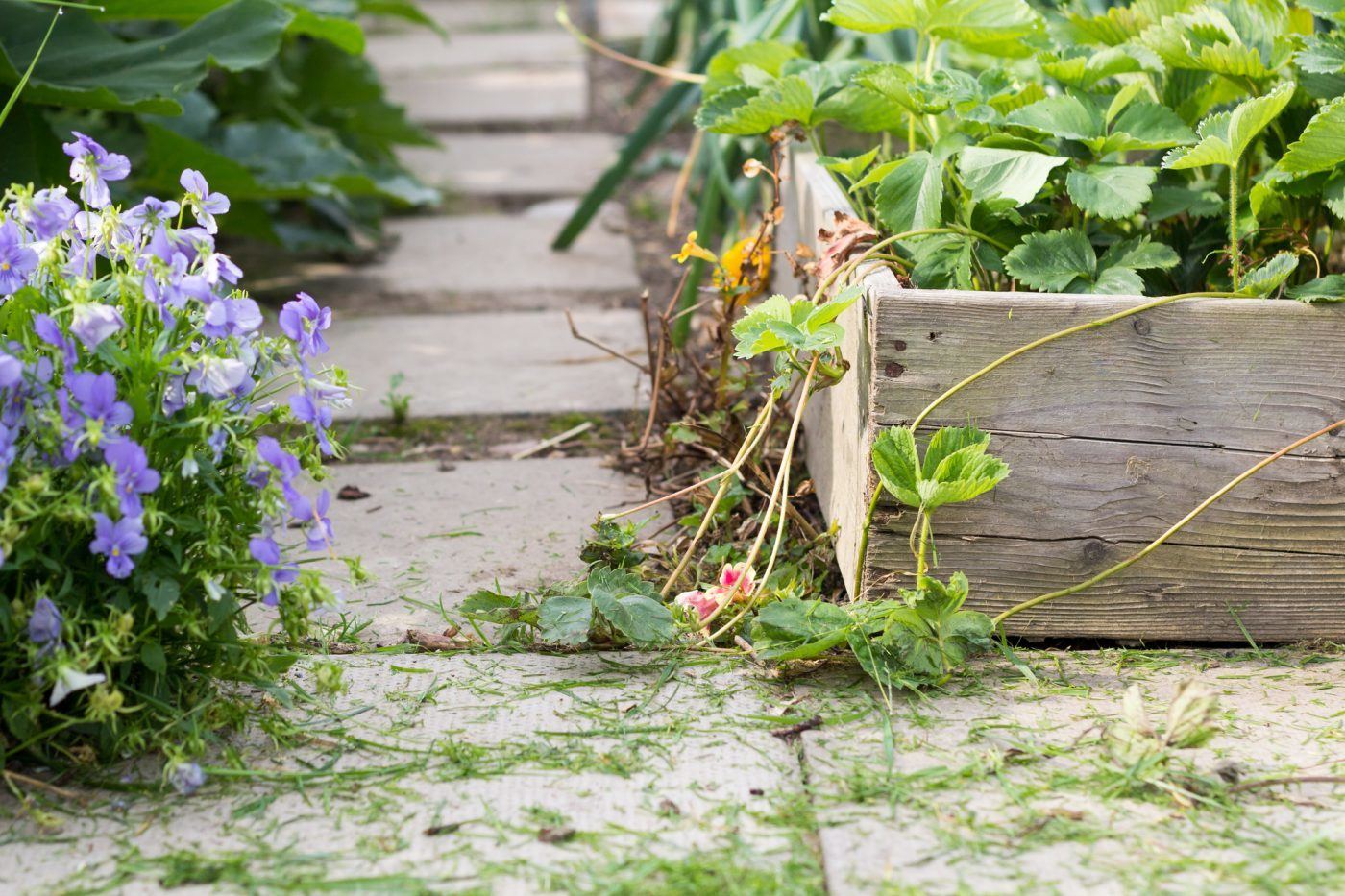When starting a new garden there are a few tips that can save you time and energy and get to the good part… growing! I’m sharing my best time-saving tips for establishing new gardens as well as utilizing shady or partial-shade areas of your property to maximize your growing space.

I’ve discussed many times in the past my beginning gardener secrets, the 13 steps to starting a vegetable garden, planning a garden for more harvest and less stress, and even the 10 things most organic gardeners forget about.
This podcast episode is a special member consult. Those who are members of the Pioneering Today Academy get to apply for a one-on-one consult with me on a specific topic of their choice.
I’m happy to announce that we’ll be opening the doors to the Pioneering Today Academy on March 23, 2022 (doors haven’t been open since last fall!). If you’d like to get on the waitlist to join when the doors open, you can sign up here.

Without further ado, welcome Susan! She and her husband live in Southern New Hamshire and have purchased a nine-acre plot in Southern Maine where they want to build a home. She’s very excited to be starting from scratch on this raw piece of land and is looking for some time-saving tips to starting a garden since she also works a full-time job.
She wants to grow in a combination of grow bags, raised garden beds, and possibly even in-ground gardening, but she especially wants to utilize the property well and have a solid plan right from the start.
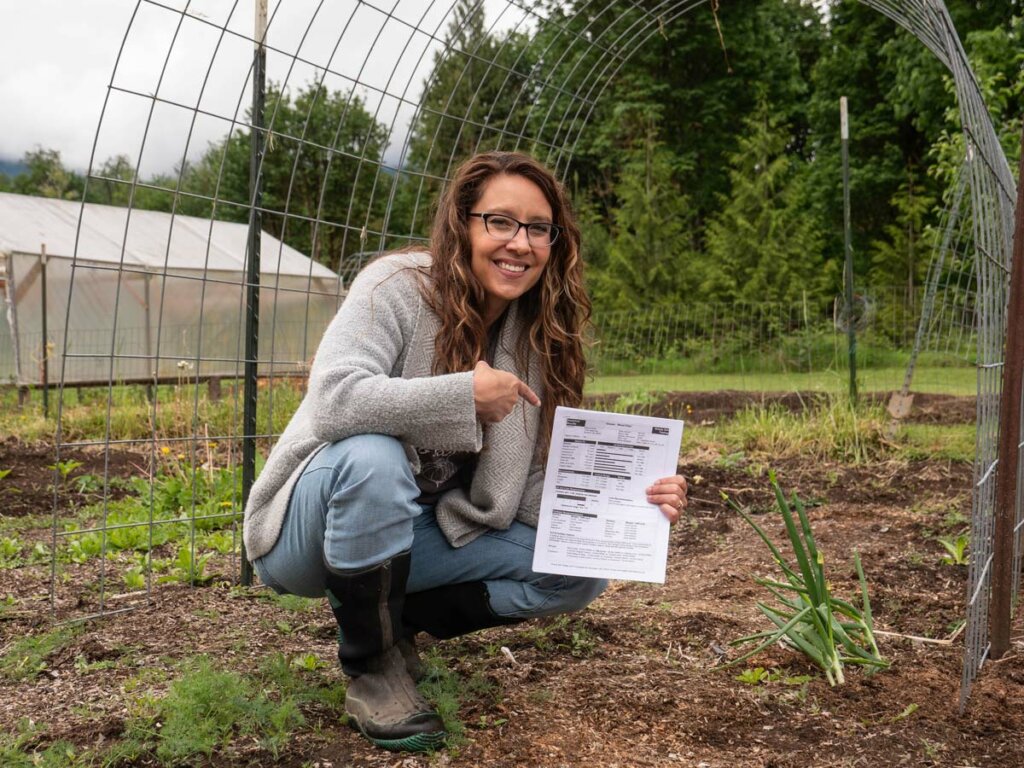
Table of Contents[Hide][Show]
Soil Quality
Whenever you’re wanting to grow a garden (or plant bushes, fruit trees, etc.) it’s good to know what kind of soil you’re working with. This can help you to determine which types of gardens to plan. You can do an at-home soil test, or take your soil into your local extension office and see if they will test it.
Sandy-Loamy Soil
Susan knows she’s working with soil that’s quite sandy, so it’s going to be important for her to bring in organic materials and compost.
Having sandy soil is actually better (in my opinion) than having rocky soil because rocks don’t break down over time!
Learn more about testing your soil for proper pH balance, sheet mulching to build soil and compost in layers, and how to improve your soil for gardening.
Rocky Soil
When it comes to having rocky soil, depending on how rocky, it’s sometimes possible to bring in heavy machinery (or a shovel and wheelbarrow) and a sifting screen where you can sift out the rocks from the dirt.
If this is not an option, or you’re working with too large of an area, raised bed gardening may be a better solution.
Grow bags are also a fun growing medium that doesn’t require a permanent place for growing but allows you to grow a lot of produce. You can read this post all about using grow bags in the garden here.

Pros & Cons of Raised-Bed Gardening
Pros
- You can grow anything in a raised-bed garden provided that the bed is deep enough for the roots of whatever you’re wanting to grow.
- Furthermore, if you’re working with poor quality soil to start, it’s sometimes more affordable and easier to build raised beds and bring in high-quality soil so you can start growing produce immediately vs. waiting the months or years until you’re able to build up the in-ground soil through amendments.
- Raised beds, even those just a foot or two off the ground, can be easier to garden in so you’re not having to bend over quite as far.
Cons
- The initial investement of building the beds and bringing in soil can be cost prohibitive, especially depending on how many beds you want to build.
- The beds are a permanent fixture and generally aren’t able to be moved once established.
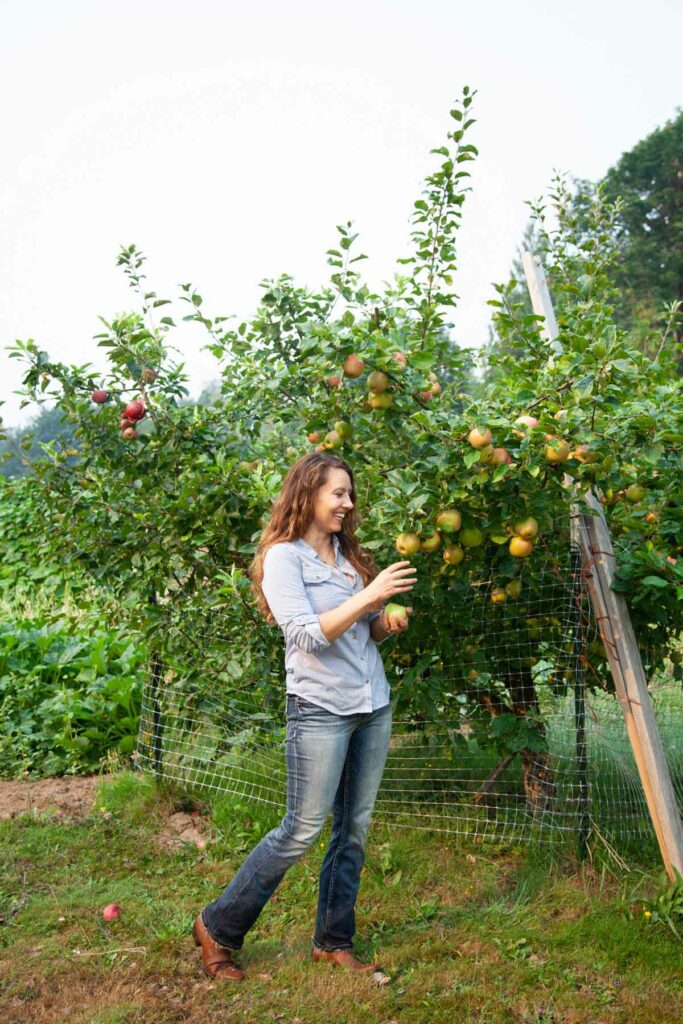
Planting Fruit Trees
Something many people want to do when moving to a new property is to quickly plant their perennial berry bushes and fruit trees.
Susan is wondering about utilizing the land alongside the long drive up to their new house site which can be a great option.
Some things to consider when planting fruit trees or berry bushes are:
- If the city you live in sprays chemicals along the roadsides (this is often done to keep weeds from growing)
- If animals might be an issue (using something like deer fencing or even lower fencing to keep rodents, rabbits, squirrels away from the bushes/trees).
- Washout – is there potential for erosion or washout based on the grade of the road that might inhibit the health of your trees or bushes?
- Native plants that live in shady or wooded edges such as elderberry. How to Grow Elderberries & Planting Tips
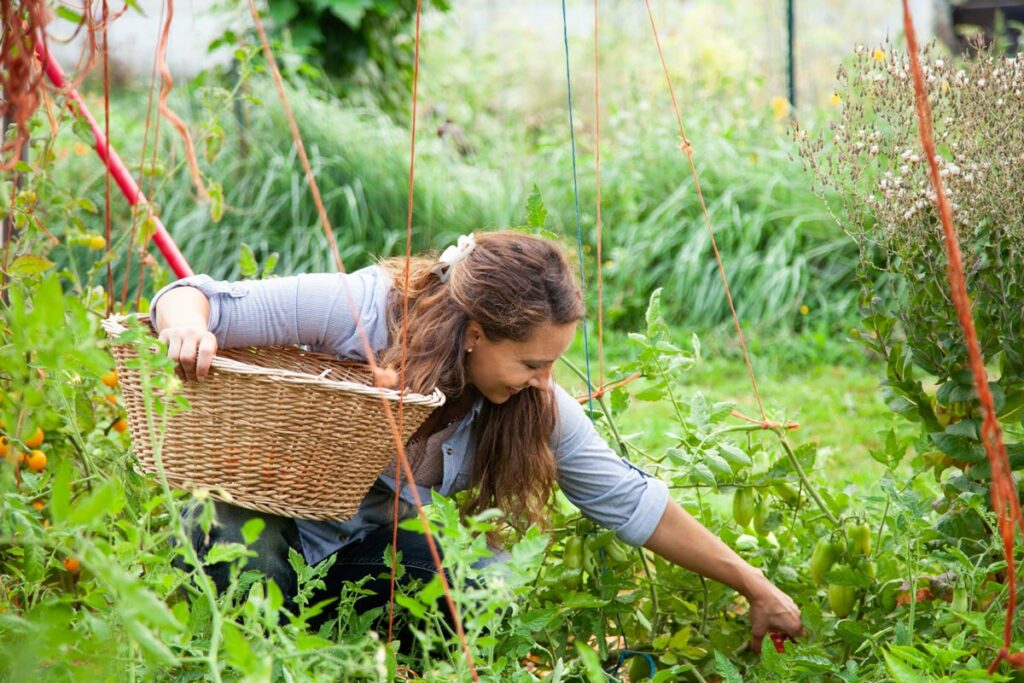
Time-Saving Gardening Tips
Because Susan works a full-time job and also wants to grow a large portion of their food (along with preserving, etc.), she wanted to know my best time-saving tips when it comes to gardening.
- Laying mulch, cardboard, or another method to prevent weeds (read more tips on reducing weeds in the garden).
- Watering system – watering by hand can be therapeutic, but it also takes a long time! Setting up a watering system for the garden is a great time saver.
- Trellis at time of planting
- More time-saving gardening tips
I hope these tips have been helpful for you, as well as for Susan, and that your new garden spaces come together quickly and produce a bountiful harvest in the very near future!
Verse of the Week: Ezekiel 18
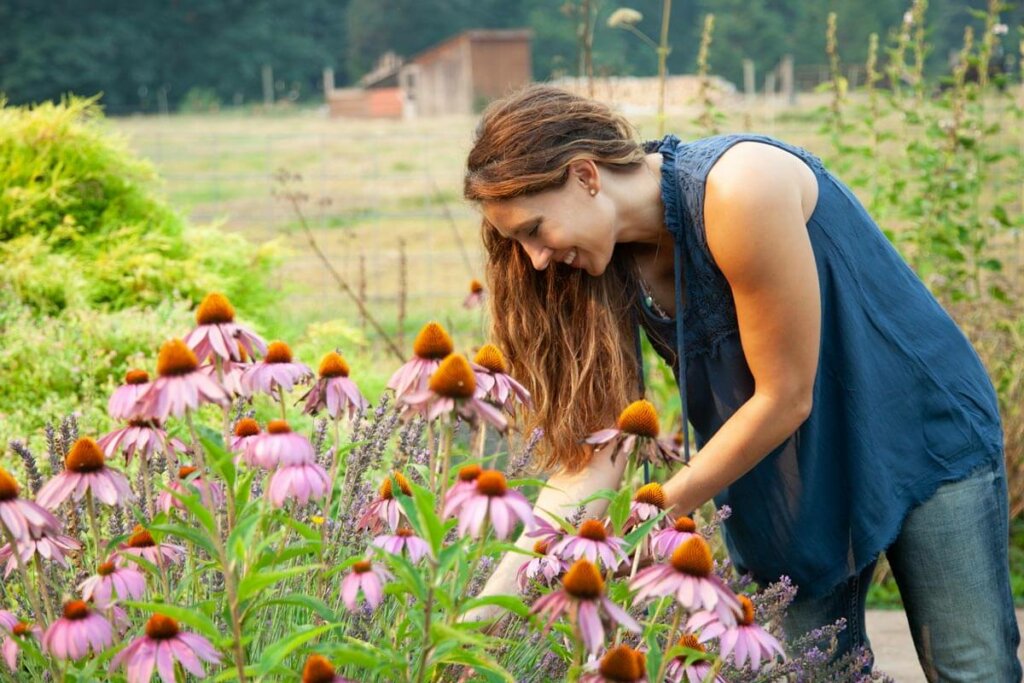
More Posts You May Enjoy
- Ultimate Seed Starting Guide – How to Start Seeds Indoors
- Beginner Gardening Secrets You Need to Know
- 13 Basic Steps to Starting a Vegetable Garden
- How Much Time Per Week to Raise a Year’s Worth of Food
- Perennial Plants to Increase Food Production with Less Time
- Cut Back on Garden Diseases & Maximize Your Infrastructure Expansion (Don’t Waste Time or Money)
- Time-Saving Kitchen Hacks: Homestead Kitchen Roundtable
[fusebox_transcript]
